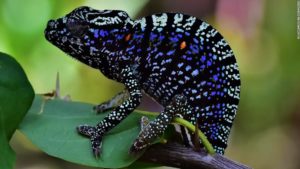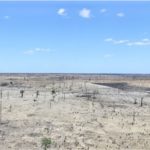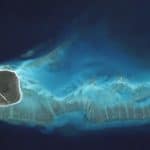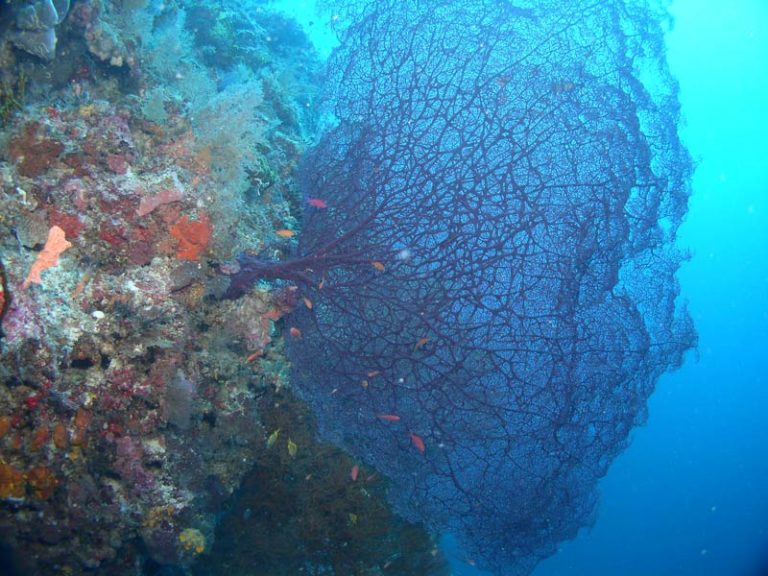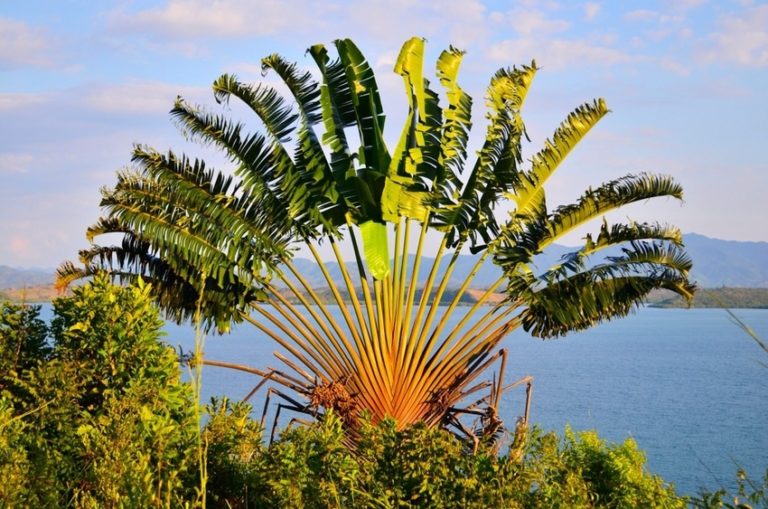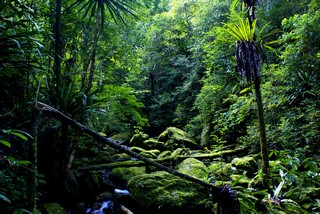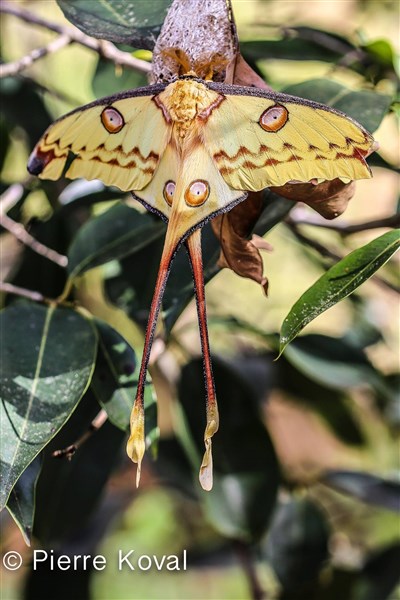The rediscovery of the Voeltzkow chameleon (Furcifer voeltzkowi)
The two-week journey of an expedition team to the northwest of Madagascar in search of the lost Voeltzkow chameleon (Furcifer voeltzkowi) led not only to the successful rediscovery of the species, but also to the discovery that the females are very colorful. The Völtzkow chameleon is the sixth of the 25 most wanted lost species identified by Global Wildlife Conservation have been rediscovered, and its rediscovery will help unravel the many mysteries surrounding the cryptic species, first described in 1893 and last seen in Madagascar in 1913. Although the expedition took place in April 2018, the rediscovery was announced today, October 30, in the scientific Salamandra magazine announced.
After more than 100 years Voeltzkow's chameleons were sighted again
"I thought we had a good chance of recognizing Voeltzkov's chameleon, but I was surprised it took so long and was so difficult," said Frank Glaw, Head of the Department of Vertebrates at the Zoological 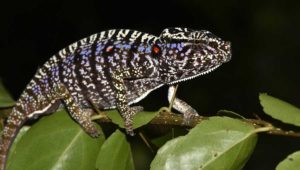
Team members found numerous individual chameleons on the first trip, including three males and about 15 females. According to Glaw, they found what appeared to be a healthy population for a short-lived species. Expedition members Angeluc Razafimanantsoa, a professional guide from Montagne d'Ambre in northern Madagascar, added in 2018, was the first to discover the chameleon, which the team immediately identified as their request.
The females of the species particularly stand out, Glaw said, with their bright colors - purple, orange, red, green, black and white with striking patterns. The females can change color depending on their "mood," and the number of red dots on their flanks varies from individual to individual.
The greatest challenge for the expedition team was the result of a peculiarity in the expected natural history of the species. The closest relative of the Voeltzkov chameleon is probably the Labord chameleon (Furcifer labordi), a species that lives only four or five months. It spends most of its time as an egg, then hatches in November, grows rapidly and reaches sexual maturity within two months, lays eggs in January and February, and then dies in February or March.
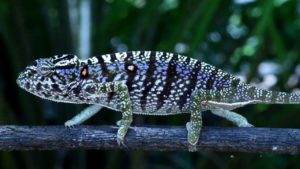
"Voeltzkow's chameleon adds color and beauty to the planet, reminding us that even when all seems lost, a great adventure remains even for species we have not seen since Woodrow Wilson's term, can inspire hope," said Don Church, GWC president and director of the Search for Lost Species program. "Now we have so much to learn about this extraordinary reptile, including how best to save it from extinction.
In their study published today, Glaw and his team presented the first data on the natural history of the species and the morphological and color differences between this species and Labord's chameleon, and analyzed how genetically different the two are. Their results clearly confirm that the Voeltzkov chameleon is indeed a separate species from the Labord's chameleon (Furcifer labordi).
Madagascar is home to nearly half of the world's chameleon species, where bushfires, cattle grazing and deforestation threaten the reptiles' survival. According to Glaw, portions of the Voeltzkow's chameleon's potential habitat are already protected in nature reserves, and further conservation efforts will be based on future research into the species' distribution.
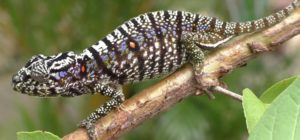
Some 96 species of chameleons in Madagascar live nowhere else in the world. Although the team had great success in rediscovering the Voeltzkow chameleon, Furcifer monoceras, the second species they set out to rediscover eluded them.
The Voeltzkow chameleon is known from a few animals, while F. monoceras is known from only one animal - all were found more than 100 years ago.
The Voeltzkow chameleon is named after Alfred Voeltzkow, who discovered the species and was an important explorer of northwestern Madagascar.

